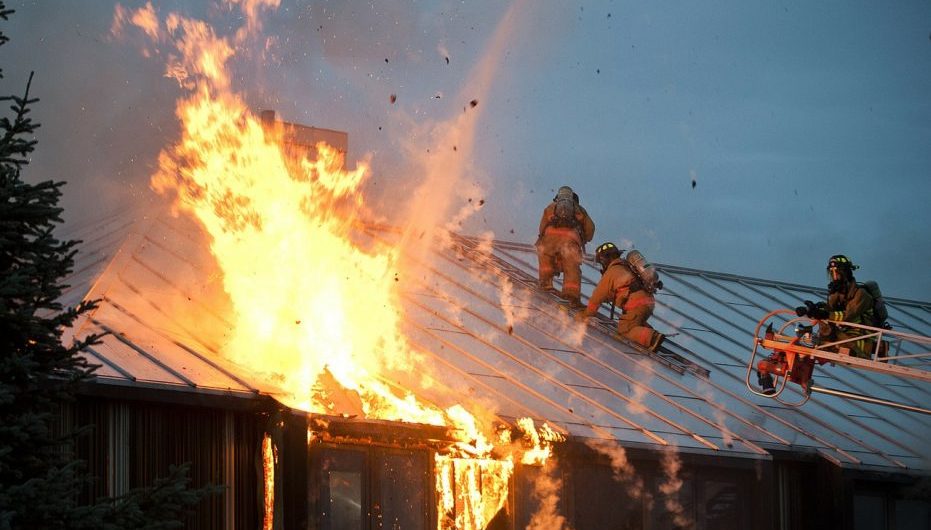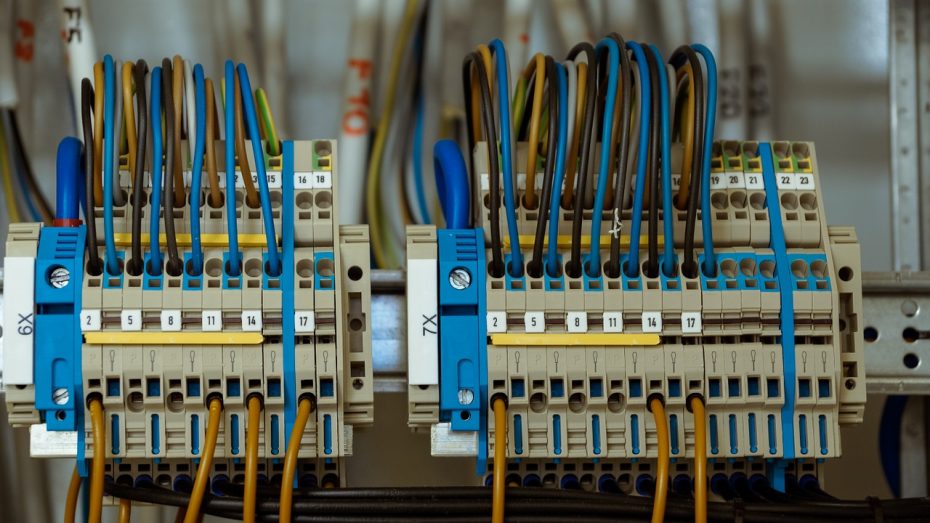NEWSOur Blog
May 31, 2023 Maintenance, Safety
Common Electrical Problems and How to Troubleshoot Them
As a homeowner or business owner, encountering electrical problems can be frustrating and potentially dangerous. Understanding common electrical issues and learning how to troubleshoot them can save you time, money, and ensure the safety of your property. In this blog post, we will discuss some of the most frequent electrical problems and provide practical troubleshooting tips to help you address them effectively.
- Flickering Lights: One of the most common electrical problems homeowners face is flickering lights. This issue can be caused by loose connections, faulty bulbs, or overloaded circuits. To troubleshoot flickering lights, start by checking the bulb’s tightness and replacing it if necessary. If the problem persists, inspect the electrical connections and ensure they are secure. In some cases, a professional electrician may need to investigate and resolve underlying wiring issues.
- Circuit Breaker Tripping: When your circuit breaker frequently trips, it indicates an overloaded circuit or a short circuit. To troubleshoot this issue, identify the appliance or area of your property that is causing the overload. Unplug or turn off the devices connected to that circuit and reset the breaker by moving it all the way into the off position then back into the on position. If the problem persists, you may need to redistribute the load among multiple circuits which may require the help from an Electrician.
- Dead Outlets: Discovering a dead outlet can be inconvenient, especially if it affects multiple outlets in your home or office. Start troubleshooting by checking the circuit breaker to ensure it hasn’t tripped. If the breaker is fine, proceed to inspect the outlet and verify that it is not a GFCI (Ground Fault Circuit Interrupter) outlet that has tripped for the Arc Fault Circuit Interrupter. You can reset a tripped GFCI or AFCI outlet by pushing the “Reset” button.
- Electrical Shocks: Experiencing electrical shocks when touching appliances or outlets can be alarming and dangerous. It often indicates a grounding issue or faulty wiring. To troubleshoot electrical shocks, ensure that the appliances or outlets in question are properly grounded. If you continue to experience shocks, it is crucial to contact a licensed electrician immediately, as this may signify a more significant electrical problem. Follow this link for more information from Canadian Centre for Occupational Health and Safety
By familiarizing yourself with common electrical problems and their troubleshooting methods, you can address issues promptly and potentially avoid more significant electrical hazards. However, if you are unsure or uncomfortable with electrical work, always consult a professional electrician to ensure safety and prevent further damage. Remember, electrical systems can be complex, and professional expertise may be necessary for certain repairs.
<< BackCategories
Recent Posts
-
May 31, 2023
Common Electrical Problems and How to Troubleshoot Them
-

June 07, 2017
Keep Your Family Safe – How to Spot Electrical Fire Hazards at Home
-

May 08, 2017
4 Top Ways to Improve Office Lighting
-

March 31, 2017
Electrical Safety Tips – Overloaded Circuits (Breaker Trips)
Tags
- aluminum wiring
- appliances
- circuit breakers
- copper wiring
- DIY safety
- electrical maintenance
- electrical safety
- electrician job
- energy saving
- fire risks
- home safety
- led lighting
- led lights
- lightning
- lights flickering
- maintenance program
- PV solar panels
- renewable energy
- Safety
- smoke alarm
- smoke detector
- solar panels
- solar power
- surge protection

